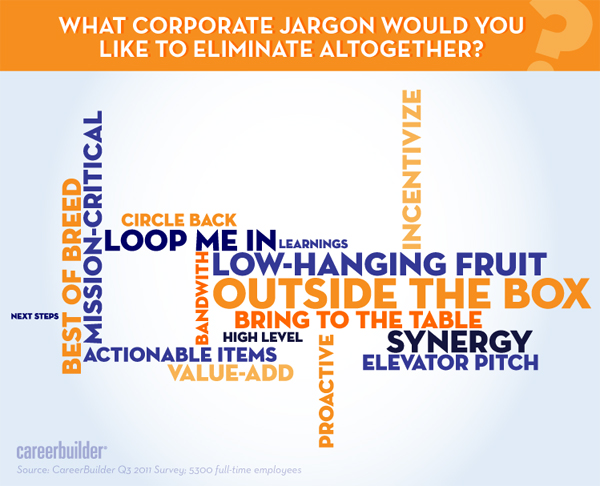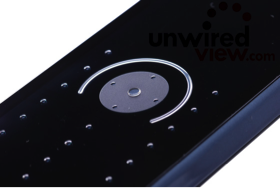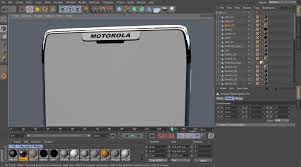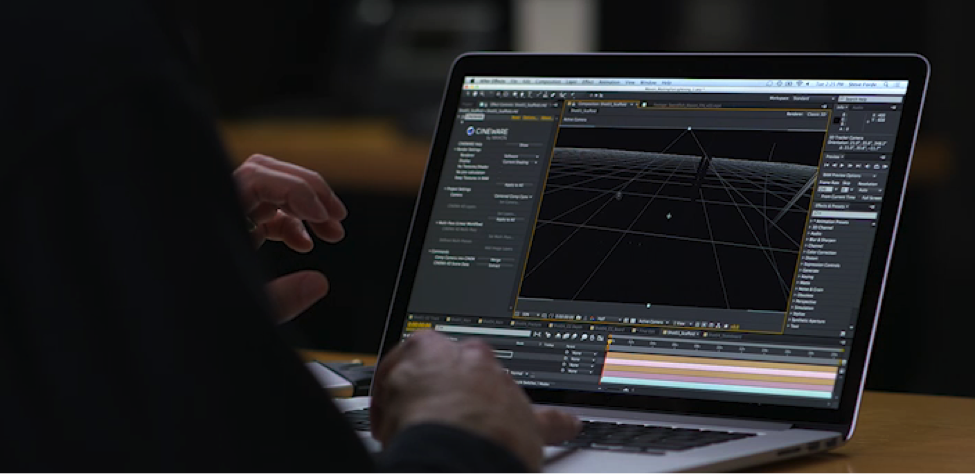If you haven’t jumped aboard the video marketing train yet, it could be time to revise your marketing strategy.
Whether you work for yourself, manage a medium sized business or run a large multinational corporation, there is plenty of compelling evidence that suggests video marketing is the next big thing.
Here are 12 big numbers that suggest that video marketing is taking off in a big way, and a nice retro Sesame Street video to go with them, just for fun.
1.8 Million
According to Dr. James McQuivery at Forrester Research, that is the value of a 60 second video.
1.8 million words is the equivalent of around 3,500 typical web pages. Do you really have that amount of time on your hands, and what’s more, would your visitors have the patience or inclination to wade through that much information? Even if you wrote one page every hour, it would still take you 150 days to make the same impact as a one minute marketing video.
100 Million
That’s the amount of web users who watch video online every day. Okay, so many of those people are going to be watching the latest funny cat video or hilarious footage of people falling over, but they still have the desire and capacity to watch video.

45.4%
That’s the number of Internet users who look at least one video over the course of a month. On average, web users are exposed to 32 videos each month and they are becoming more and more receptive to this type of advertising.
90%
This is the percentage of people who find video useful when they are looking for products or services or just casually browsing the web. Video can persuade in a way that other media cannot. It engages more of the senses and takes viewers on a journey. For 60 seconds or more, they are captivated (if your video is good) and much more likely to take positive action. Reports show that products and services accompanied by a video are much more likely to sell.
16 Minutes And 49 Seconds
That’s how much time web users spend on average watching video ads. However, it’s the reason why people watch video that is important rather than the time they spend watching them. People generally watch a video because it grabs their attention, but in the case of marketing, it can also save them time. A video saves a busy executive or a consumer on the move from wading through pages of text. They can grab what they need about your company, product or service in one easy hit.
Video is a great way to harness the power of the elevator pitch in a much more effective way.
80%
80%, according to the Online Publishers Association, is the percentage of web users who remember a video they last watched in the past 30 days. Even better, out of that 80%, 46% took action after the video ended. Here are some interesting numbers:
-
26% sought out more information about the video subject
-
22% visited the website that was named in the ad
-
15% personally visited the store that was presented in the ad
-
12% bought the product that was presented in the ad
64%
This is where things really get interesting. 64% is how much more likely your visitors are to make a purchase or make an enquiry after watching your ad. 64%! Additionally, visitors who view video ads tend to stick around for 2 minutes longer than they would on a website without a video.
403%
A real estate group in Australia, reported that property listings featuring video receive 403% more enquiries than listings without.
59%
According to a study carried out by Forbes Insight, 59% of senior execs would rather watch a video than read text. Further studies also showed that 65% of the execs who watched a video were likely to click through to the respective website. 45% of those execs reported that they got in touch with the vendor to find out more about their services. 50% of those who viewed the video went on to make a purchase.
96%
And it’s not just online videos that make an impact. A recent study carried out by Implix showed that a video included in an introductory sales email could increase click-through rate (that’s the amount of people visiting your website from a link) by 96%.
200%
A survey carried out by Forrester Marketing Group found that explainer videos could increase click-through rate by 300%.
10 Seconds
That’s how long you have to hook somebody in with your video. Consumers and busy execs – they don’t have time to hang around. They want to dip in and dip out and you need to keep them around long enough to be compelled to make a sale or get in touch. According to research carried out by Visible Measures, 20% of your potential customers will click away from your video in 10 seconds or fewer.
Want 403% More Engagement? Let’s Talk.
Effective video marketing means engaging your target audience from the very start. At Stormnet Media, we work with the magic 10 second window of opportunity to ensure you keep your audience interested and compelled to take action.
Sharpen your business message with a marketing video that will put you leaps ahead of your competition. Speak to our video marketing experts today. There is nothing to lose and 403% more profit waiting!
Written By Ian Stainton. Ian is the CEO and Founder of Stormnet Media Ltd, an award winning video production and digital media agency based near Birmingham in the UK. He is trusted by global brands, SMEs and start-ups to help them engage and interact with their customers – ultimately selling more stuff. You can check him out on Google+.










